How to Create A Business That Restores You

A lot of people start their business with hopes for a better life in mind. More freedom, more money, a better schedule, and a legacy to pass on are just a few things that people starting out on their solopreneur journey might hope for. However, once a business gets going, whether it’s a full time project or a side-hustle, for many it becomes a demanding enterprise. My goal is to bring the solopreneur’s relationship with their business back into balance, by making sure the needs and desires they set out to meet in the first place are organizationally and financially prioritized.
So, how do we do this? The path toward creating a business that is restorative to you, the owner, combines intentional decision making and organizational action. Here are a couple key factors I’ve identified through my work with clients:
Boundaries
I recently review Jennifer Armbrust’s awesome book, Proposals for the Feminine Economy, in which she introduces twelve principles for feminist business. Principle number one is very simple: “You have a body.” While this can be interpreted in a number of ways, to me, it’s a reminder to slow down and set reasonable expectations for myself. By keeping my physical and mental limits in mind when setting up my schedule, choosing my daily tasks, and considering the scale of my own business, I’m able to avoid exhaustion and burnout. Some solopreneurs leave the corporate world or another industry in hopes of finding better work-life balance on their own. Healthy boundaries around when and how much you work can help you realize that dream and restore mental and physical wellbeing.
Clear Objectives
Consistently, I ask my clients to consider their “money why” – the clear financial objective they aim to achieve through running their business. Your money why can be a very specific goal like saving to buy a house, or it can be more general, like sustaining your budget. I have an article all about how to set income goals based off your needs. Reading it and doing a check in can help you establish your own clear objectives. By keeping your efforts focused on those, you can make sure specific needs and desires are met.
Quarterly Profit Distributions
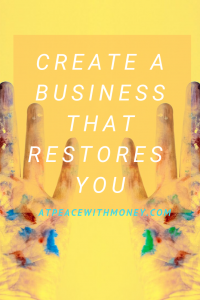 This is one of my favorite practices from the Profit First system. To use this practice, during a fiscal quarter, you collect a portion of your profit in a specific account. At the end of the fiscal quarter, you take whatever money has collected and use it to reward yourself and celebrate your hard work. This is a great way to stay energized in your business. You can take this reward without guilt because you have the system in place to know your business is healthy, and this money is specifically set aside for you. If you’re intrigued by this concept, I encourage you to download the first 5 chapters of Profit First and play around with my allocations calculator!
This is one of my favorite practices from the Profit First system. To use this practice, during a fiscal quarter, you collect a portion of your profit in a specific account. At the end of the fiscal quarter, you take whatever money has collected and use it to reward yourself and celebrate your hard work. This is a great way to stay energized in your business. You can take this reward without guilt because you have the system in place to know your business is healthy, and this money is specifically set aside for you. If you’re intrigued by this concept, I encourage you to download the first 5 chapters of Profit First and play around with my allocations calculator!
I hope these ideas help you see a path towards your own restorative business. If you’re interested in learning more about what I do with my clients, you can check out my Services packages or schedule a call with me.
Angela
Image: Meghan Schiereck


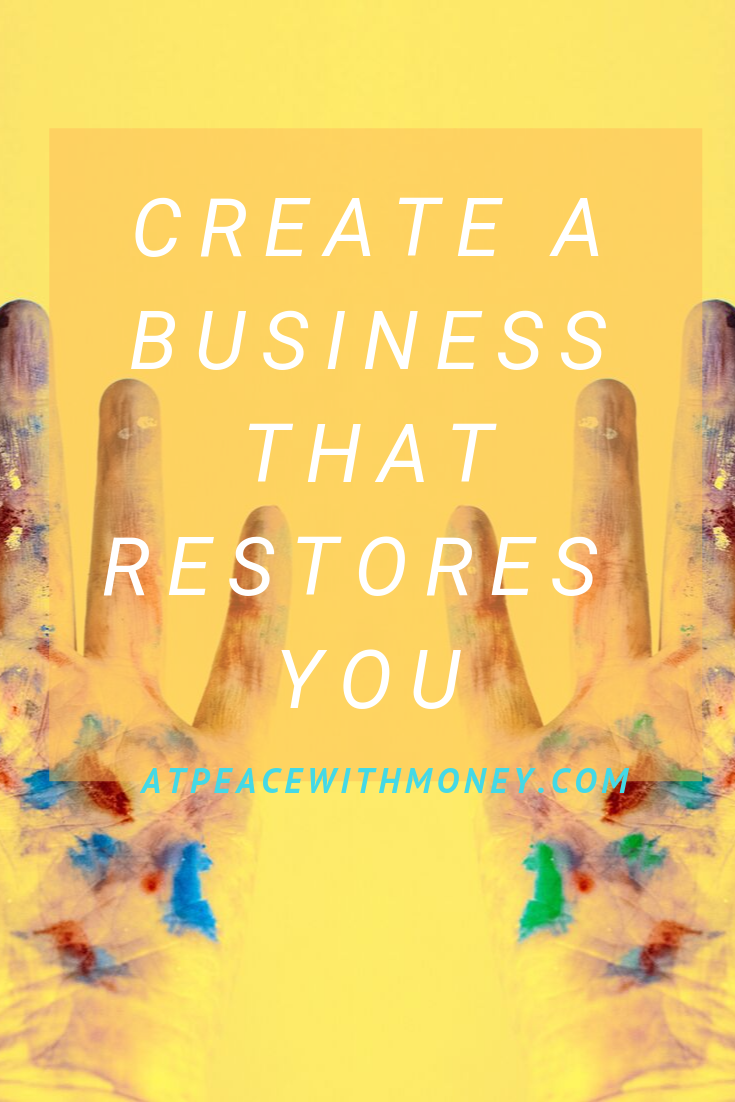

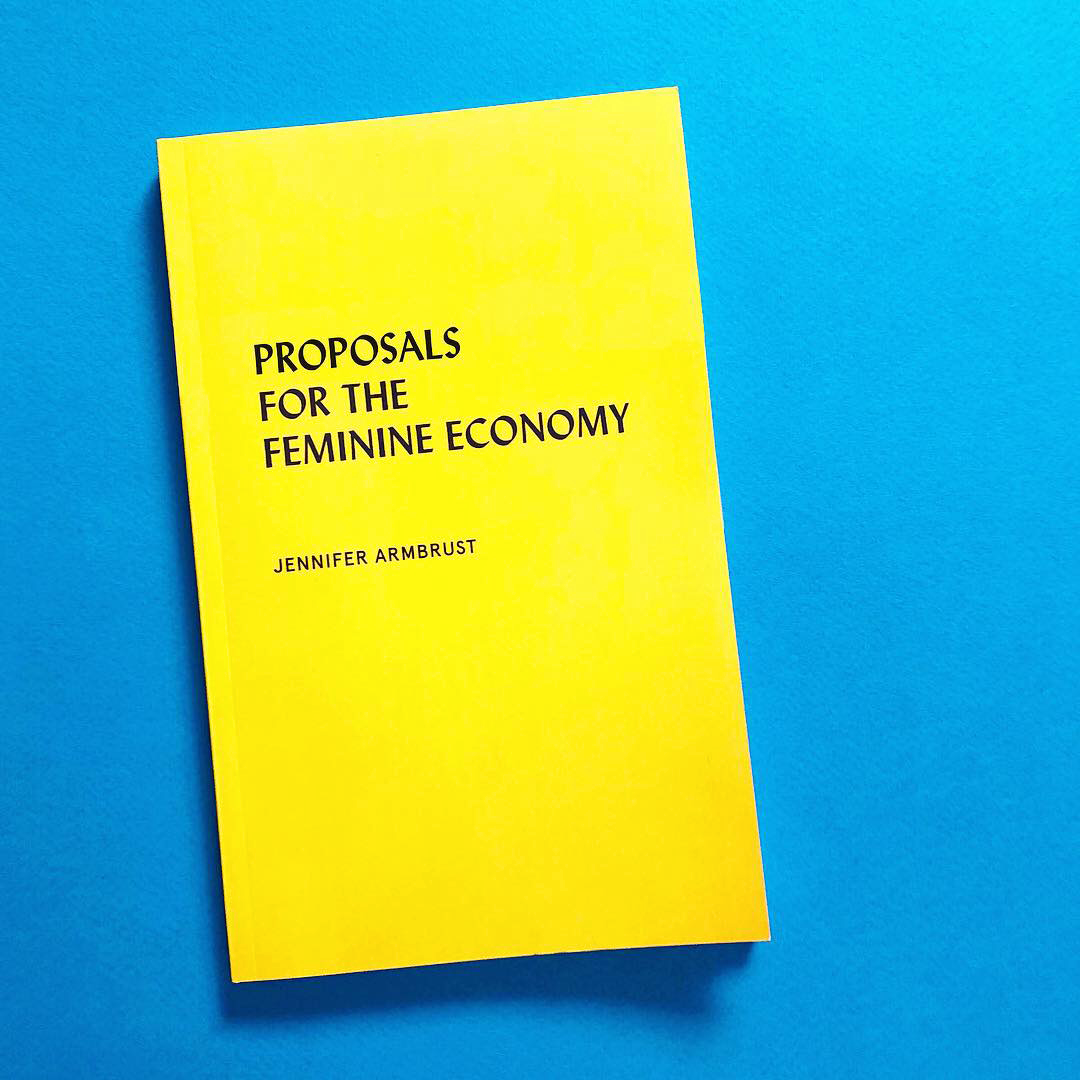
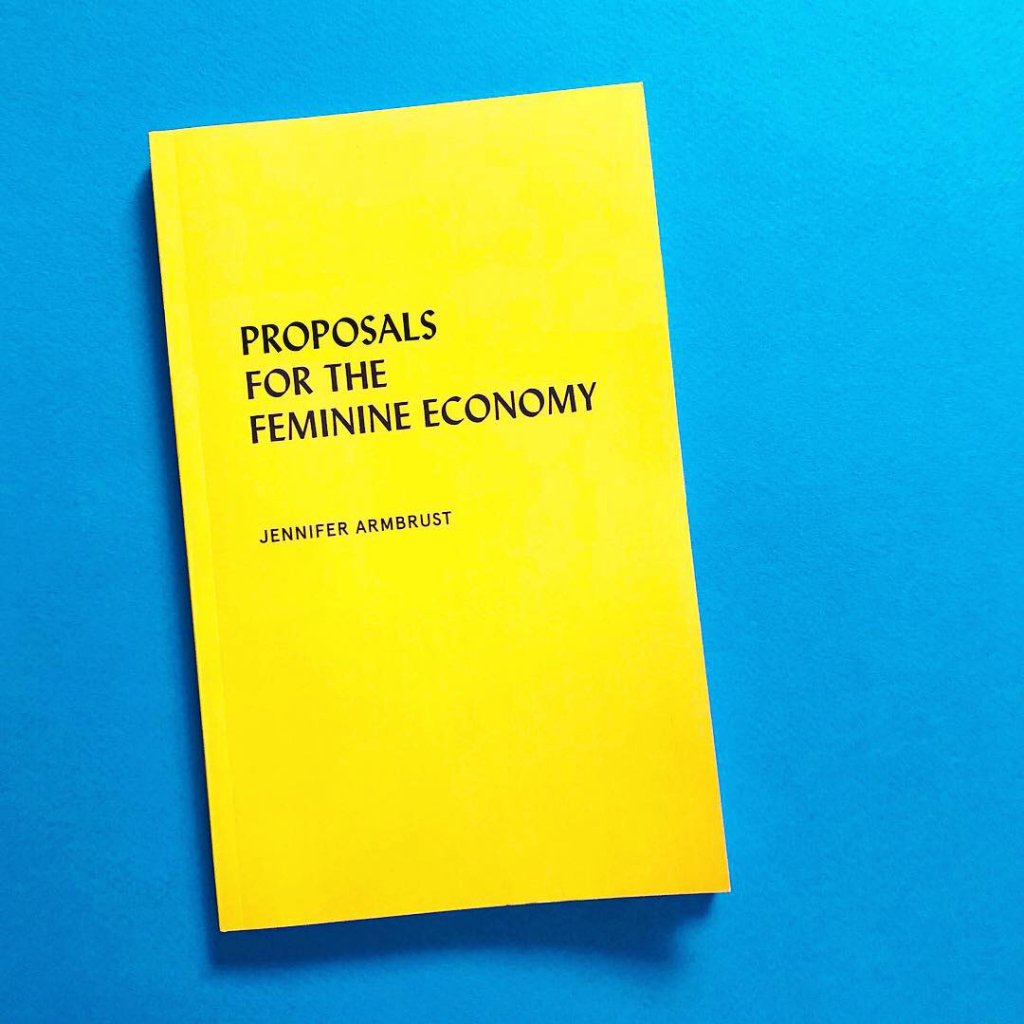
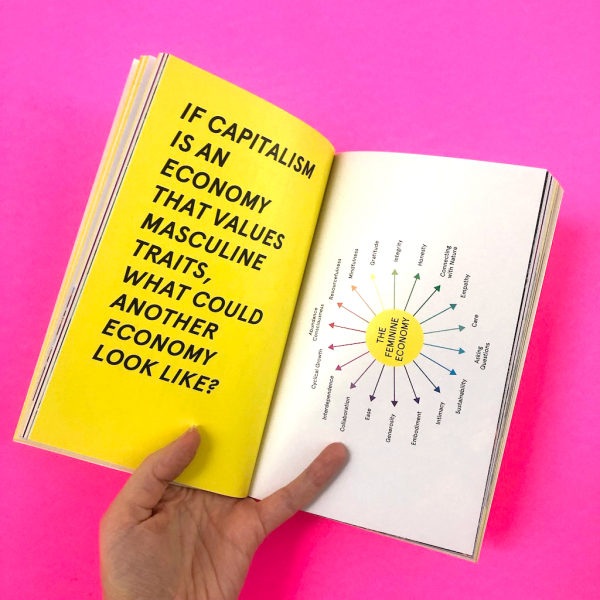
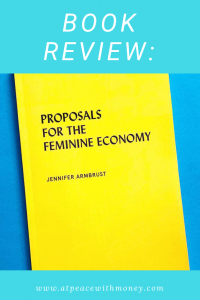 Lastly, I very much enjoy her thoughts about cultivating an abundance consciousness. Again, it is easy to define abundance through numbers when thinking about businesses, and particularly for me as a profitability coach. She reminds us to “feel how rich you are already” and to remember that “money isn’t the only form of wealth”. These are the lessons I try to remember when I define the success of my business and the success I am helping my clients to experience. I highly recommend checking out
Lastly, I very much enjoy her thoughts about cultivating an abundance consciousness. Again, it is easy to define abundance through numbers when thinking about businesses, and particularly for me as a profitability coach. She reminds us to “feel how rich you are already” and to remember that “money isn’t the only form of wealth”. These are the lessons I try to remember when I define the success of my business and the success I am helping my clients to experience. I highly recommend checking out 

 As someone who’s been involved with finance throughout my career, I love hearing about and researching new financial ideas. When I came across
As someone who’s been involved with finance throughout my career, I love hearing about and researching new financial ideas. When I came across  ur spiritual needs, etc.Which of these needs is your business meeting? Which ones are not being met, and how could you adapt your business to better serve you in that area? What are your goals? Is your business helping you meet those? Answering these questions can help you discover whether your business is truly supporting you in all the ways it could. Approaching your business with a creative eye can help you create something more supportive. That’s Profit First in action!
ur spiritual needs, etc.Which of these needs is your business meeting? Which ones are not being met, and how could you adapt your business to better serve you in that area? What are your goals? Is your business helping you meet those? Answering these questions can help you discover whether your business is truly supporting you in all the ways it could. Approaching your business with a creative eye can help you create something more supportive. That’s Profit First in action!